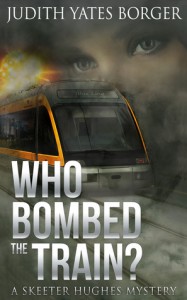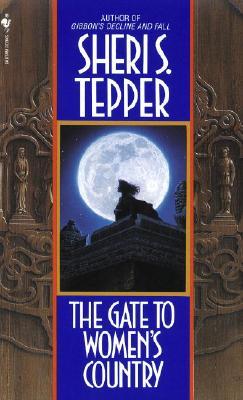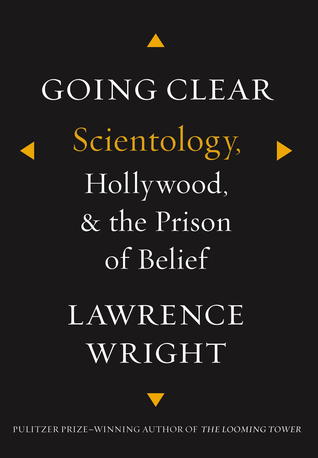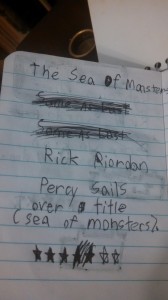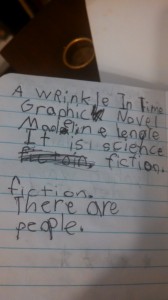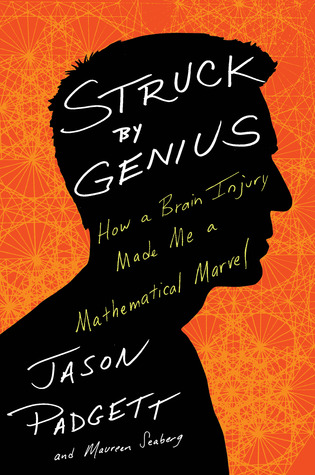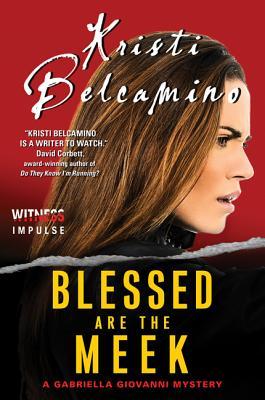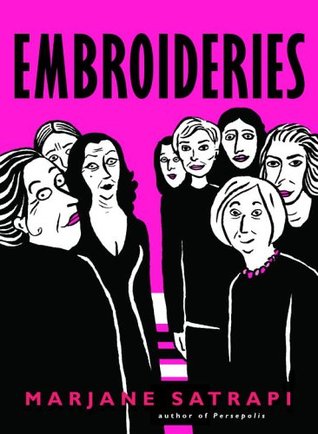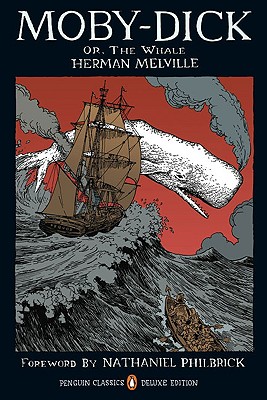
A book is a depth that presents itself as a surface.
Yes, I re-read Moby Dick. On purpose. I’d like to say it was a complete success, and that I’m glad I did. What I will says is that it was culturally useful, intermittently entertaining, and I don’t regret it. Am I damning it with faint praise? Hard to say. Then again, who am I to say about such a monolith of culture. It’s a classic for many reasons, and I can agree on lots of them, like the beauty of the prose, the slippery narration of Ishmael, the devilish character of Ahab, and more.
Whales were seen and four were slain; and one of them by Ahab.
A group of Twin Cities reader friends and I read about 35 pages a week over several months, then blogged or tweeted about them afterward. It was a reasonable pace, mostly easy to fit into life. Like I did with Bleak House and David Copperfield before it (both of which I read with some of the same people), I usually set aside Sunday to read the pages. While I found that a treat with Bleak House, it was something less of a treat for David Copperfield (which I half-joke didn’t really pick up until about page 485) and Moby Dick.
warmest climes but nurse the cruellest fangs
I’m going to put forth an idea that many will find heretical and offensive: I might have enjoyed and appreciated Moby Dick better as an abridged book. I felt similarly when I read Les Miserables and The Grapes of Wrath. All three books interrupt the narrative with informational chapters. They were the opposite of today’s writing mantra of “show don’t tell,” and instead very deliberately showed AND told.
the bread contained the only fresh fare they had. But the forecastle was not very light, and it was very easy to step over into a dark corner when you ate it.
Perhaps this makes me an immature and inexperienced reader, a cretin or philistine, but I love to learn things via story. The herky-jerky nature of these particular books, in which the authors insert information dumps along the way, isn’t conducive to reading pleasure or learning for me. I want what Ahab does in the chapter “Leg and Arm”: “Spin me the yarn” already!
In Noah’s flood, he despised Noah’s Ark; and if ever the world is to be again flooded, like the Netherlands, to kill off its rats, then the eternal whale will still survive, and rearing upon the topmost crest of the equatorial flood, spout his frothed defiance to the skies.
But the story, a smattering of the pastiche style, and the prose among other stellar attributes, drew me through, as did the accountability of reading in a group. Am I glad I did? Yes, mostly. Would I do it again, knowing what I know now? Maybe. There are so many books. Another classic might have suited me just as well or better.
Better to sleep with a sober cannibal than a drunk Christian.
I feel bad about being so ambivalent, but to be otherwise would be dishonest. To counter my concerns, though, I’m including some of my favorite quotes, and as you can see, there are many. One thing most people don’t mention is that Moby Dick can be a very funny book at times.
Top-heavy was the ship as a dinnerless student with all Aristotle in his head.
As I read the book, I mentally chastised myself for my immature mental snickering at phallic or homo-erotic passages. That’s right, I’m a 46-year-old woman who considers myself a decent human being, and I kept feeling like I was laughing at penis jokes.
Then when I went to the Introduction after I finished (which I was so glad about–since it gave away the ending, and the ending doesn’t happen till the very end. No such thing as denouement for Melville.) Tony Tanner wrote that the homo-eroticism and phallic imagery was intended, and even meant as humor:
the sense or the suspicion of homosexuality, or at least of homo-eroticism, is unavoidable….Erotic feellings are engendered toa point which reads like a mixture of orgasmic ecstasy and comic exaggeration….in his ludic, hyperbolic way Meliville is inscribing a reminder of how the erotic imppulse is crucial in gnerating insticncts and impulses towards inter-connectedness, inter-subjectivity–indeed, inter-penetration. No man is an island….
Melville’s belief [is] that phallus-worship is somewhere at the source of all religions.
(xvi-xvii)
Does all that make it OK that I stifled snickers at the penis jokes?
Probably not.
Passages such as:
Squeeze! Squeeze! Squeeze! all the morning long; I squeezed that sperm till I myself almost melted into it; I squeezed that sperm till a strange sort of insanity came over me, and I found myself unwittingly squeezing my co-labourers’ hands in it, mistaking their hands for the gentle globules. Such an abounding, affectionate, friendly, loving feeling did this avocation beget; that at last I was continually squeezing their hands, and looking up into their eyes sentimentally, as much as to say,–Oh! my dear fellow beings, why should we longer cherish any social acerbities, or know the slightest ill humour or envy! Come; let us squeeze hands all round; nay, let us all squeeze ourselves into each other; let us squeeze ourselves universally into the very milk and sperm of kindness.
and
Ahab’s harpoon…remained firmly lashed in its conspicuous crotch…; the sea…had caused the loose leather sheath to drop off; and from the keen steel barb there now came a levelled flame of pale, forked fire…like a serpent’s tongue
Writing this post made me feel like a very poor reader and human being. I’ll keep trying.
